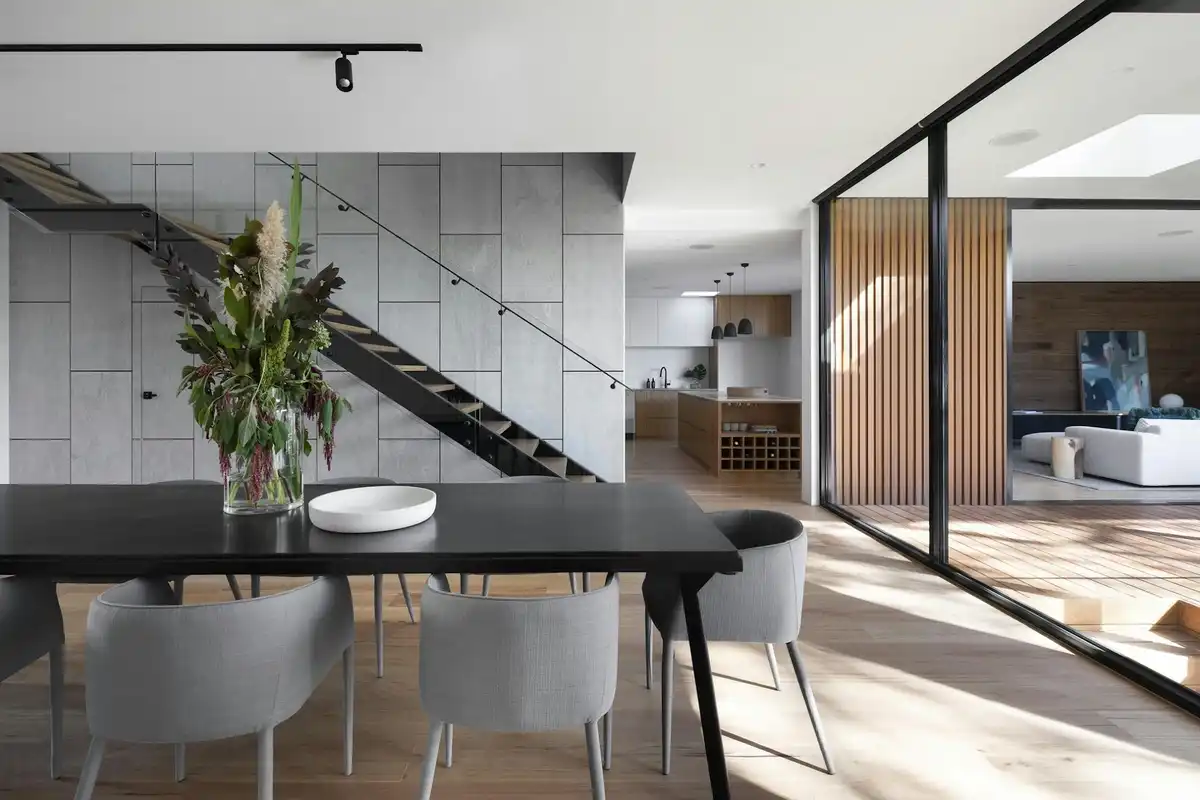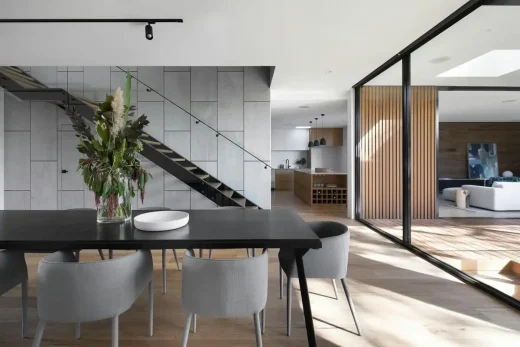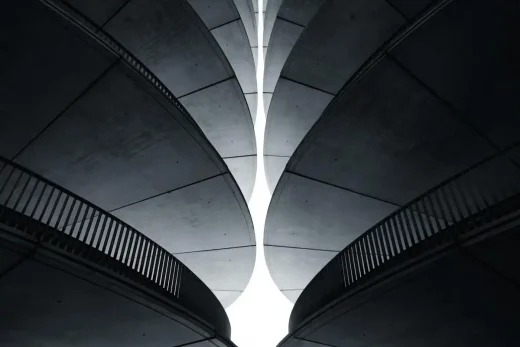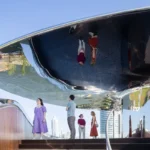Blending functionality and aesthetics in contemporary architecture, a property overview
Blending Functionality and Aesthetics in Contemporary Architecture: An Overview
2 December 2024
Contemporary architecture represents a dynamic approach to building design, one that integrates functionality with aesthetic appeal to create structures that are as practical as they are visually striking. Unlike traditional styles that often emphasize either form or utility, contemporary architecture bridges the gap by using innovative materials, sustainable practices, and cutting-edge technology. This approach results in spaces that not only serve their intended purpose but also inspire creativity, evoke emotion, and harmonize with their surroundings.
The Role of Functionality in Contemporary Architecture
Functionality is a core principle of contemporary architecture, ensuring that structures are designed to meet the practical needs of their users. In residential spaces, for example, architects prioritize layouts that optimize flow, maximize natural light, and create efficient storage solutions. Similarly, commercial and public buildings are designed with user experience in mind, offering spaces that promote productivity, accessibility, and comfort.
One of the ways contemporary architecture achieves functionality is through the use of open-plan layouts. These designs eliminate unnecessary walls and barriers, creating flexible spaces that can adapt to a variety of uses. This approach is particularly popular in home design, where families can enjoy seamless transitions between living, dining, and kitchen areas. The emphasis on functionality ensures that spaces feel intuitive and serve their purpose effectively without compromising on style.
Contemporary architecture also embraces technological integration. Smart home systems, automated lighting, and energy-efficient appliances are seamlessly incorporated into designs, enhancing convenience and reducing environmental impact. These features exemplify how functionality in contemporary architecture goes beyond basic utility to create homes and buildings that are future-ready.
The Aesthetic Appeal of Contemporary Architecture
While functionality is critical, aesthetics play an equally important role in contemporary architecture. This style is characterized by clean lines, geometric shapes, and minimalistic details, resulting in structures that feel sleek, modern, and harmonious. The aesthetic appeal of contemporary architecture lies in its ability to balance simplicity with boldness, creating designs that are both understated and striking.
One of the defining features of contemporary architecture is its use of materials. Glass, steel, and concrete are commonly used to create bold, transparent, and industrial looks, while natural materials like wood and stone add warmth and texture. The combination of these elements allows architects to craft visually diverse and engaging spaces.
Lighting is another essential component of contemporary aesthetic design. Large windows, skylights, and open spaces maximize the use of natural light, creating bright and inviting interiors. These features not only enhance the visual appeal of a space but also contribute to its energy efficiency by reducing reliance on artificial lighting. At night, carefully placed fixtures and LED lighting highlight architectural details and create dramatic effects.
Sustainability in Contemporary Architecture
A growing emphasis on sustainability has become a defining characteristic of contemporary architecture. In response to environmental concerns, architects are increasingly adopting eco-friendly practices and materials to minimize the ecological footprint of their designs. Green roofs, solar panels, and rainwater harvesting systems are just a few examples of how contemporary architecture incorporates sustainability into its functionality and aesthetics.
Sustainable materials like bamboo, reclaimed wood, and recycled metals are used to create structures that are both beautiful and environmentally responsible. These materials not only reduce waste but also add unique textures and character to the design. Passive design strategies, such as strategic window placement and natural ventilation systems, are employed to improve energy efficiency and comfort.
The integration of sustainability into contemporary architecture demonstrates how functionality, aesthetics, and environmental stewardship can coexist. By prioritizing eco-conscious practices, architects are paving the way for a greener and more sustainable future.
Blurring the Boundaries Between Indoor and Outdoor Spaces
Contemporary architecture often blurs the boundaries between indoor and outdoor spaces, creating a seamless connection with nature. This approach is achieved through the use of large glass walls, open courtyards, and outdoor living areas that extend the functionality of the home or building.
In residential designs, outdoor spaces are often treated as extensions of the interior, featuring the same level of detail and comfort. Patios, terraces, and balconies may be outfitted with modern furniture, lighting, and landscaping to create cohesive living environments. These spaces not only enhance the aesthetics of the property but also provide additional areas for relaxation and entertainment.
This connection to nature is further emphasized through the use of natural materials and biophilic design principles. Incorporating greenery, water features, and natural textures into architectural designs creates a sense of harmony and tranquility, enhancing the overall user experience.
The Role of Technology in Contemporary Architecture
Advancements in technology have revolutionized contemporary architecture, enabling architects to push the boundaries of design and functionality. Computer-aided design (CAD) software, 3D modeling, and virtual reality tools allow architects to visualize and refine their concepts with unprecedented precision. These technologies streamline the design process, reducing errors and ensuring that the final product meets the intended vision.
In construction, innovations like prefabrication and 3D printing have made it possible to create complex structures more efficiently and cost-effectively. These techniques are particularly valuable in creating intricate facades, unique shapes, and modular components that define contemporary architecture.
Smart home technology is another major influence on modern design. Automated systems for lighting, heating, security, and entertainment are seamlessly integrated into homes, enhancing convenience and energy efficiency. These features not only add functionality but also contribute to the sleek, futuristic aesthetic of contemporary architecture.
The Future of Contemporary Architecture
As society continues to evolve, contemporary architecture will likely adapt to meet new challenges and opportunities. The growing demand for sustainable and energy-efficient buildings is expected to drive further innovation in materials, technologies, and design practices. The increasing importance of community-oriented spaces may lead to designs that prioritize social interaction, inclusivity, and well-being.
The integration of artificial intelligence (AI) and data-driven design is another trend shaping the future of architecture. By analyzing user behavior and environmental data, architects can create spaces that are more responsive, efficient, and personalized. These advancements will further blur the lines between functionality and aesthetics, resulting in designs that are as intelligent as they are beautiful.
Contemporary architecture exemplifies the perfect blend of functionality and aesthetics, creating spaces that meet the needs of modern living while inspiring creativity and connection. By embracing innovative materials, sustainable practices, and cutting-edge technology, this architectural style continues to push the boundaries of design. Whether it’s a private residence, a public building, or an urban space, contemporary architecture demonstrates that beauty and practicality can coexist in harmony, shaping environments that are both purposeful and visually stunning.
Comments on this guide Blending Functionality and Aesthetics in Contemporary Architecture: An Overview article are welcome.
Kitchen Design
Kitchen Articles
Installing Modular Kitchen in Your Home
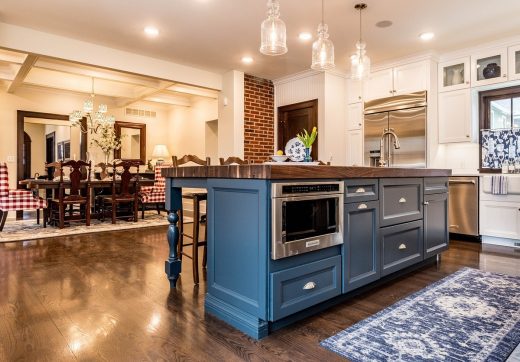
Natural Stone Countertops in Your Kitchen
Home Design
Home Design Articles
Comments / photos for the Blending Functionality and Aesthetics in Contemporary Architecture: An Overview page welcome.

